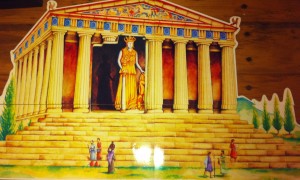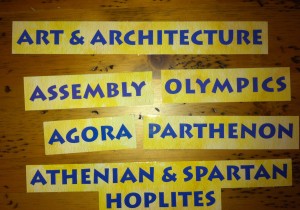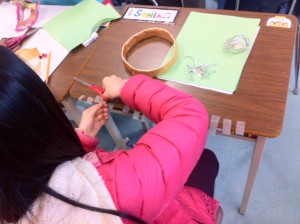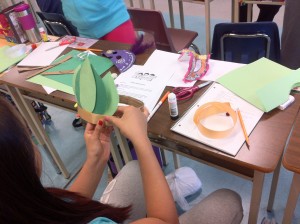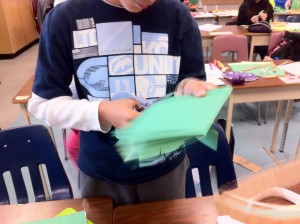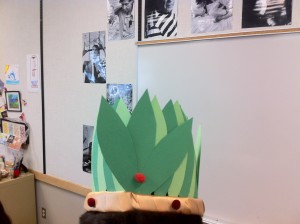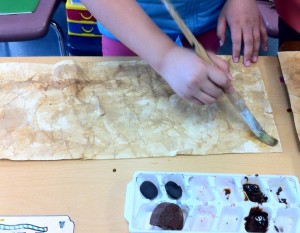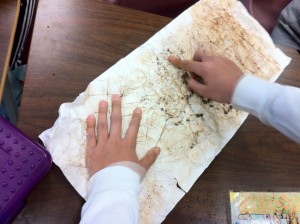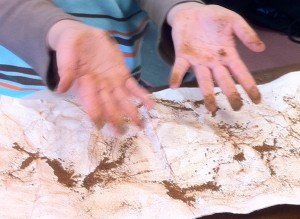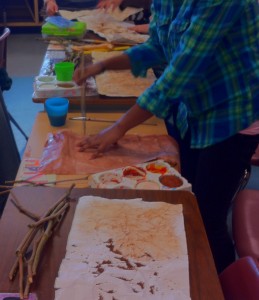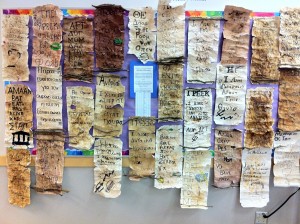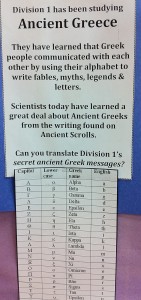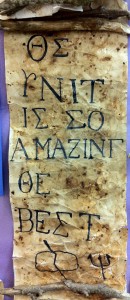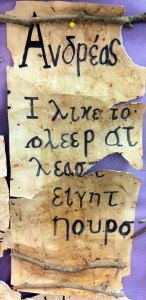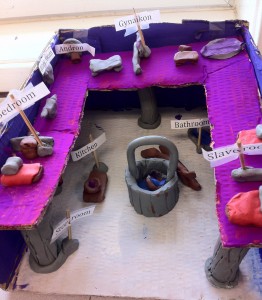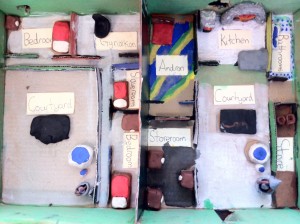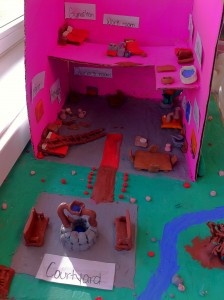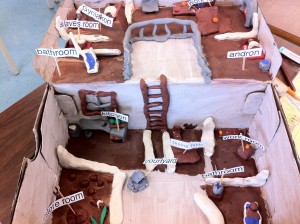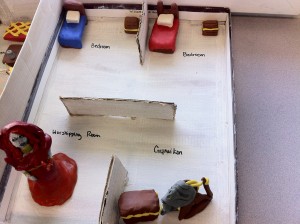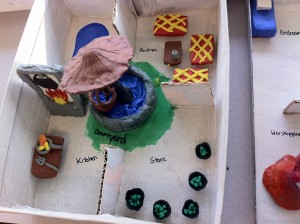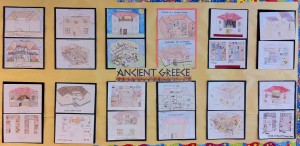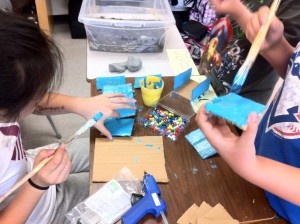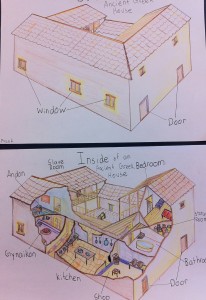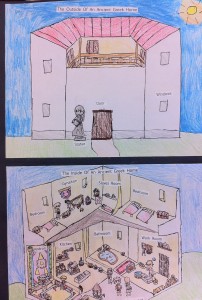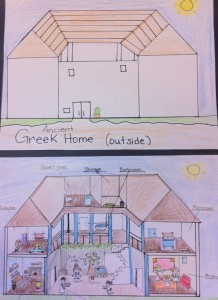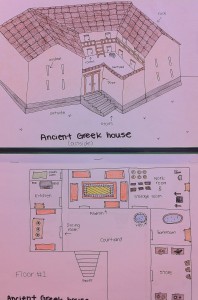During our unit on Ancient Greece there were several opportunities for both formative and summative assessment. It is important to me that I give students constructive guidance about how to improve their work, by explaining what is being taught and why, showing him or her exactly what learning outcomes are expected and providing clear constructive feedback about the learning that he or she is demonstrating. This way, I not only enhance the quality of the particular learning experience but also help the students to develop independent ability as lifelong learners.
Metacognition is a powerful lever for learning, and self-regulation is the ultimate goal. Therefore, students must be actively involved as partners in their own learning, including assessment and self-assessment. When students are actively involved in assessing their own learning and in providing feedback to teachers and parents, their learning improves and the ‘conspiracy of caring’ between teacher, student and parent is strengthened. Assessment by students is just as important as assessment of students in order to deeply engage and empower them. Just as teachers can improve the accuracy and thoroughness of their own observations, so too can they assist students in the critical process of self-assessment by providing tools for them to use in gathering and recording information about their learning.
Ancient Greece was a fun unit for the students as we began by becoming ancient Greek athletes. With the Olympics currently taking place, students were intrigued to learn all about the ancient athletes and the custom that began thousands of years ago. Students got to make their own ancient olympic crowns, just like the ancient athletes received after winning an event. Incorporating learning about culture and food, students decorated with olive leaves and berries and some with gold ribbons to show prestige. Students proudly wore their crowns around the school for all to see!
Ancient Greek Scrolls were created using large poster board. Different kinds of paint, rubbing instant coffee and teabags and using shavings from crayons were a few different techniques that students used to make their scrolls look thousands of years old. The papers looked authentic by crumpling them up into tight balls from time to time, and even creating tears or rips. Sticks found outside of the classroom and glued onto the top and bottom was another creative way to enhance their scrolls. Once the background was completed, the students used their knowledge of learning the Greek alphabet to create a secret message on their scrolls. Their artwork was displayed with a legend to see if people could translate what the messages said.
Ancient homes were different than our homes today. After studying the different names of rooms, and how this culture varied from our modern way of living, students had a choice to create either a drawing or a shoebox diorama to show what a Greek home might have looked like. Students then presented to the class their projects, explaining what the rooms were called and why. The culmination of this project was a viewing tour where students had the opportunity to present and view their assignments.

